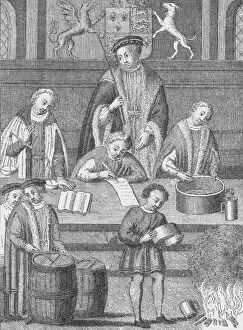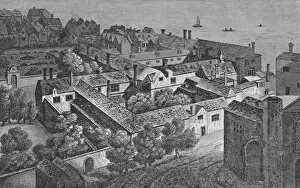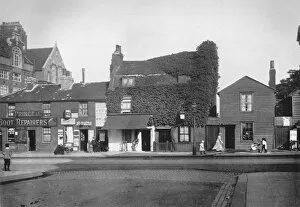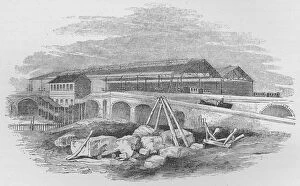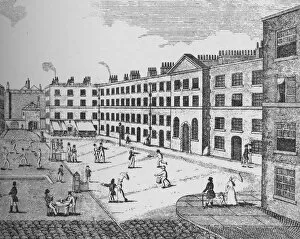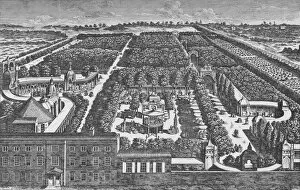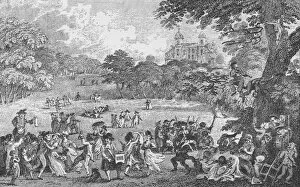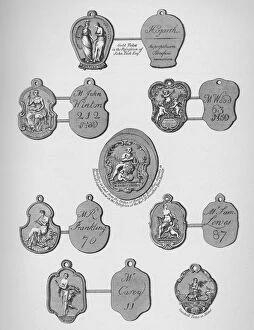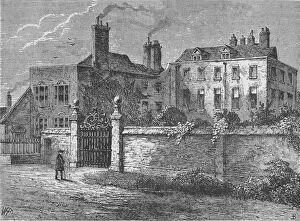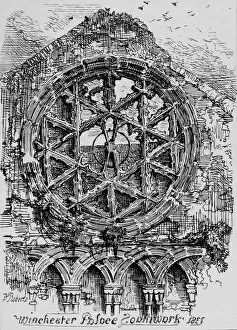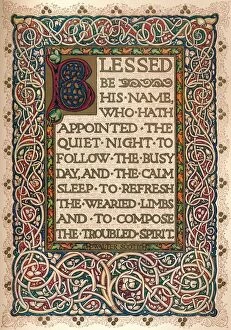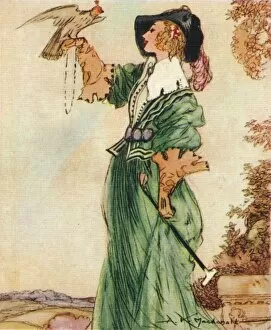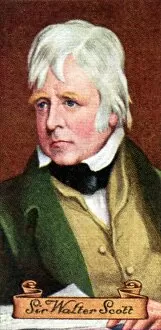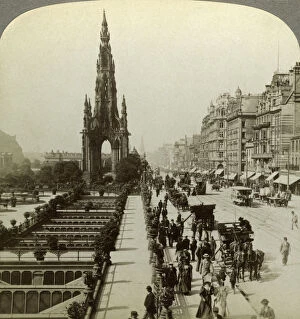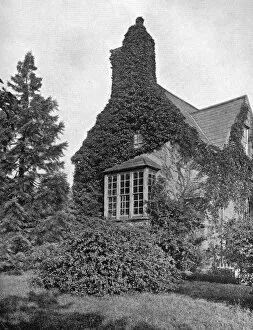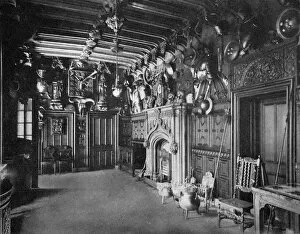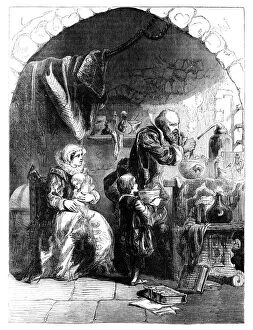Sir Walter Collection (#8)
"Sir Walter
For sale as Licensed Images
Choose your image, Select your licence and Download the media
"Sir Walter: A Journey Through Time and Art" Step into the enchanting world as we explore various artworks and historical landmarks that pay homage to this legendary figure. At Holy Trinity Church in Clapham, a stunning painting from 1812 captures the essence of Sir Walter's era. The scene depicts Quentin Durward and the Disguised Louis XI, showcasing the intrigue and drama surrounding his time. Travel back further with William Hogarth's masterpieces. "Beer Street, " painted in 1751 but rediscovered in 1925, transports us to a lively tavern where Sir Walter might have enjoyed a pint or two. Similarly, "A Country Inn Yard" takes us on a journey through bustling streets filled with characters straight out of one of his adventures. Delve into the world of high stakes at Whites Club with William Radclyffe's depiction of gambling in 1734. This glimpse into aristocratic pastimes reveals another facet of Sir Walter's society. Venturing beyond England, we discover King Edward the Confessor's Palace at Borstal (Brill) from 1908. This architectural marvel showcases the grandeur that surrounded royalty during Sir Walter's time. The Ark Royal, an iconic ship from 1588, reminds us Raleigh’s naval exploits and contributions to English history. It serves as a testament to his adventurous spirit and exploration endeavors. Uncover tales of rebellion depicted in "Incidents in Venners Rising. " This artwork from 1661 allows us to witness historic events tied closely to Sir Walter’s era while reflecting on themes such as loyalty and sacrifice. Thomas Dale brings Skin Market, Leadenhall vividly to life through his brushstrokes capturing London’s vibrant atmosphere circa 1825—a place where merchants would gather for trade just as they did during Sir Walter’s time. Journey along The Causeway in Wandsworth captured around c1895, showcasing the picturesque scenery that Sir Walter might have encountered during his travels.


